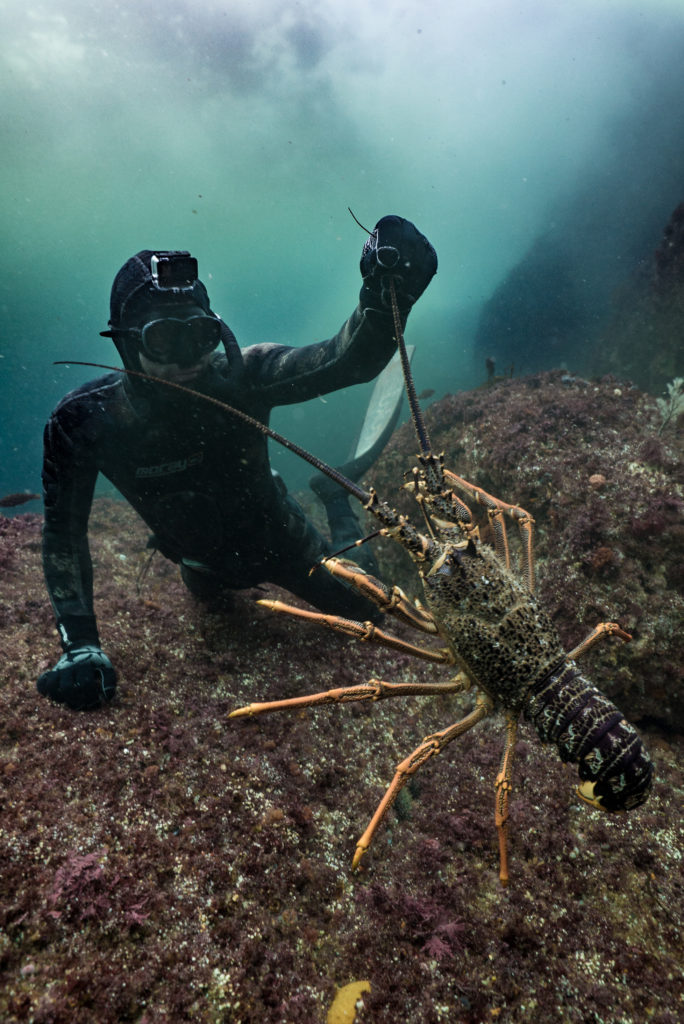No alibi for depleted fish stocks
Crayfish are an important species in the marine ecosystem so when we hear stories from experienced divers in the eastern Bay of Plenty who have only taken three crays in two years it’s pretty scary for all of us.

Over January and February we worked with Spearfishing New Zealand to develop a submission responding to proposals that sought to change the commercial catch levels of crayfish in three management areas, from Gisborne to Fiordland. Together we made nine recommendations that seek to rebuild depleted stocks. We called on the Minister, Stuart Nash, to be precautionary and manage our crayfish stocks in the national interest, not just for maximum commercial exploitation. Nash is due to make a decision before April.
Depleted crayfish stock have a ripple effect above and below the waterline. Depletion means crayfish can no longer carry out their function as a predator and guardian of the reefs. By the time that humans notice the depletion the stock has already declined to an unnatural state.
It is difficult and takes longer to rebuild stocks from a low level than if managers did the sensible thing and maintained stocks at higher levels. This is one of the reasons why we opposed the Ministry’s planned 61 tonne increase to the Total Allowable Commercial Catch (TACC) in the Hawke’s Bay to Wellington region (CRA 4). This is excessive given that CRA 4 is rebuilding from a low base and that the Minister needs to be precautionary. We recommended the Minister apply a 30 tonne cap to future TACC increases until the fishery rebuilds to an acceptable level.
In the Gisborne-East Cape fishery, CRA 3, the Ministry has proposed a 6.3% reduction in commercial catch limits. We submitted this cut is not enough to prevent this fishery from declining further. The commercial catch rate has declined 30% in the last four years. We urged the Minister to seek independent scientific advice on how to respond to this decline.
A concession enabling commercial fishers to take male crayfish below the national minimum size level applies in CRA 3 and CRA 8, the Southland-Fiordland fishery. The Ministry has not provided any information on how much catch is landed under this concession, or why it is still needed.
In CRA 8 the concession was introduced when fishing was hard and a high proportion of the catch was small. Southland’s CRA 8 now supports the largest commercial cray fishery, with the highest catch rates for commercial and recreational fishers in New Zealand. If the fishery is as abundant as Ministry suggests there is no logical reason why the concession ought to remain. We opposed the planned 59 tonne TACC increase in CRA 8 until the concession has been revoked.
It’s time all New Zealanders had a fair go. We want access to abundant fisheries. Managing our crayfish stocks to extract the maximum amount does nothing for our overall social, economic and cultural wellbeing. It’s time for Stuart Nash to fulfil his statutory obligations to protect the ecosystem and all New Zealander’s interests.